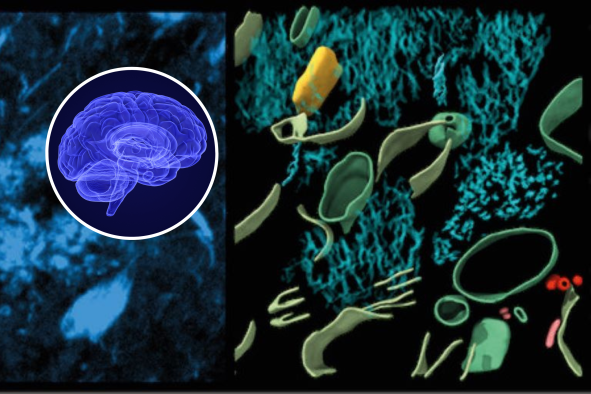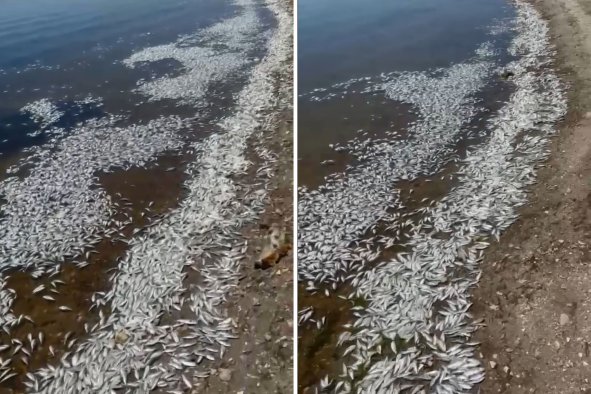A network of animals being tracked by NASA and NOAA satellites is helping researchers protect biodiversity on a distant island group in the Pacific Ocean.
This "Internet of Animals" is a project launched in 2020 by The Nature Conservancy, the USGS, NOAA, and several universities, and involves tracking animals on a remote archipelago with wildlife tags via satellite.
Tracking the movements of these animals allows scientists to figure out how best to protect these species, according to NASA.
The Internet of Animals focuses on Palmyra Atoll, a group of 50 small islands in the middle of the Pacific, which is administered as an incorporated unorganized territory by the U.S. Fish and Wildlife Service. It has no permanent human population, has very few visitors, and is contained within a massive U.S. marine protected area. Marine protected areas are sections of the ocean or coastal environments designated for conservation and management to protect biodiversity and natural resources.
By tracking the movements of various species, ranging from sharks and rays to crabs and seabirds, scientists can determine if these species are indeed staying within the bounds of the marine protected area, or if they are leaving the region, suggesting that the marine protected area could need to be expanded.
The project has found that the animals are indeed moving beyond the Palmyra marine protected area.
The scientists can also combine the tracking data with information about sea surface temperature, chlorophyll concentration, and ocean current speed to determine how the animals are impacted by the changing climate.
"Our work at Palmyra was remarkably comprehensive," Morgan Gilmour, a scientist at NASA's Ames Research Center, said in a NASA statement. "We tracked the movements of eight species at once, plus their environmental conditions, and we integrated climate projections to understand how their habitat may change. Where studies may typically track two or three types of birds, we added fish and marine mammals, plus air and water column data, for a 3D picture of the marine protected area."
Using all of this information, scientists have found areas beyond the marine protected area that would be suitable for the animals both now and in a climate change future, which could be prime candidates for new conservation policies. In the future, the Internet of Animals project could be used to expand the marine protected area or create corridors of protected sea along which animals can migrate.
"Internet of Animals is more than just an individual collection of movements or individual studies; it's a way to understand the Earth at large," Ryan Pavlick, who was an Internet of Animals project scientist at NASA's Jet Propulsion Laboratory in Southern California at the time, said during the project's kickoff event.
Do you have a tip on a science story that Newsweek should be covering? Do you have a question about animal tracking? Let us know via science@newsweek.com.
Disclaimer: The copyright of this article belongs to the original author. Reposting this article is solely for the purpose of information dissemination and does not constitute any investment advice. If there is any infringement, please contact us immediately. We will make corrections or deletions as necessary. Thank you.



